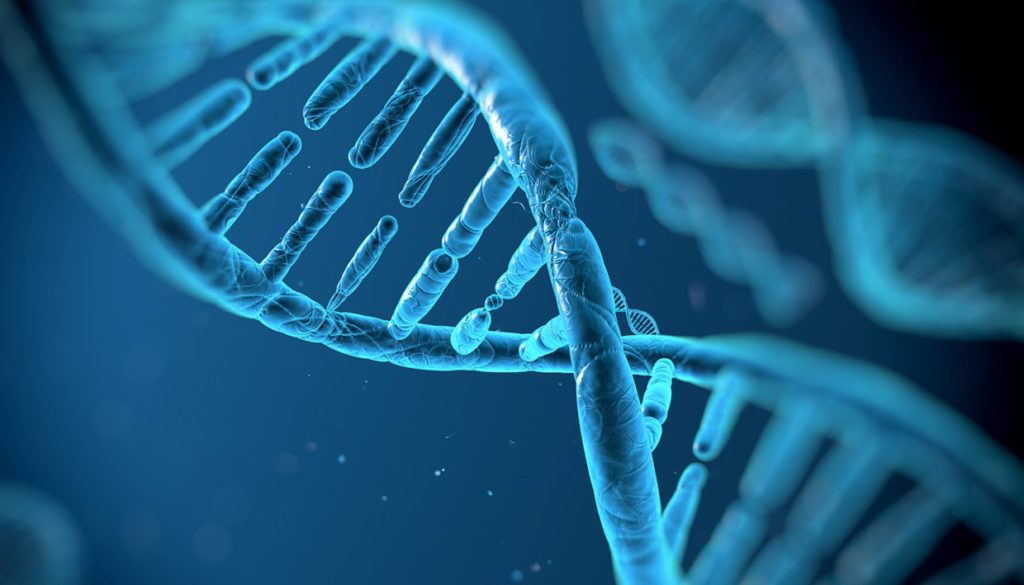Radioprotective agents to prevent cellular damage due to ionizing radiation
Key News ContributorNovember 13, 2017

Abstract
Medical imaging has become a central component of patient care to ensure early and accurate diagnosis. Unfortunately, many imaging modalities use ionizing radiation to generate images. Ionizing radiation even in low doses can cause direct DNA damage and generate reactive oxygen species and free radicals, leading to DNA, protein, and lipid membrane damage. This cell damage can lead to apoptosis, necrosis, teratogenesis, or carcinogenesis. As many as 2% of cancers (and an associated 15,000 deaths annually) can be linked to computed tomography exposure alone. Radioprotective agents have been investigated using various models including cells, animals, and recently humans. The data suggest that radioprotective agents working through a variety of mechanisms have the potential to decrease free radical damage produced by ionizing radiation. Radioprotective agents may be useful as an adjunct to medical imaging to reduced patient morbidity and mortality due to ionizing radiation exposure. Some radioprotective agents can be found in high quantities in antioxidant rich foods, suggesting that a specific diet recommendation could be beneficial in radioprotection.
Background
Medical imaging has become a central component of modern medical diagnosis. Over the past 10 years, increased utilization of X-ray examinations and computed tomography (CT) has led to corresponding increases in patient exposure to ionizing radiation raising awareness of the public to its deleterious effects. Despite notable decreases in the radiation dose associated with individual scans, increased utilization of medical imaging is a major contributor to radiation exposure and radiation-associated pathology [1, 2]. Long-term studies of the Second World War atomic bomb survivors in Japan; i.e. those with significant radiation exposure, have been found to have an increased incidence of both leukemia and solid cancers [1]. Based on the linear no threshold model, imaging-related radiation, while certainly less dramatic than an atomic explosion, may pose significant radiation-related risks. The risks associated with radiation exposure are known to be more pronounced in younger patients. This fact is demonstrated by the increased prevalence of leukemia and solid tumors among the pediatric atomic bomb survivors compared to those who underwent the same radiation exposure at an older age [1]. Gilbert et al. [2] showed a dose-dependent relationship between radiation exposure and leukemia, breast cancer, thyroid cancer, and other solid tumors. Ionizing radiation has immediate, measurable deleterious effects on cells, including increasing reactive oxygen species (ROS), generation of single stranded DNA breaks (SSBs), and double stranded… continue reading.
This has been reposted from BioMed Central.


